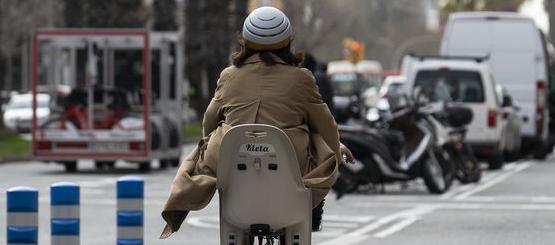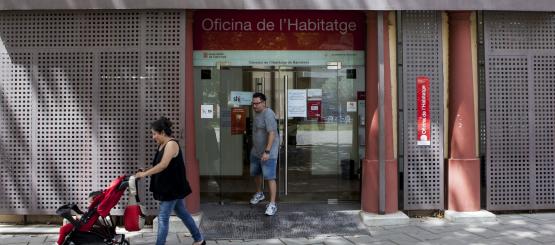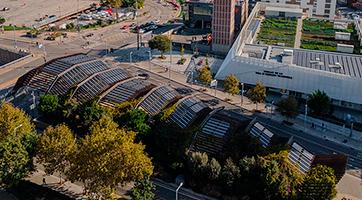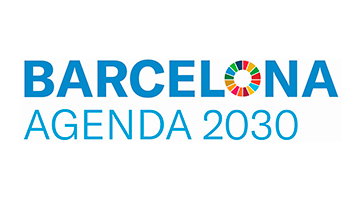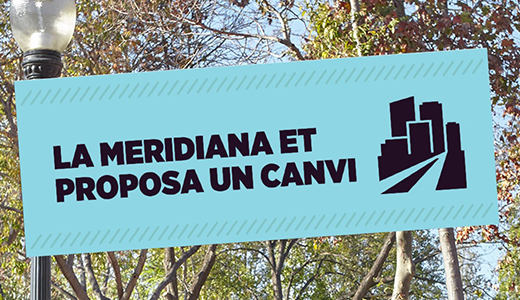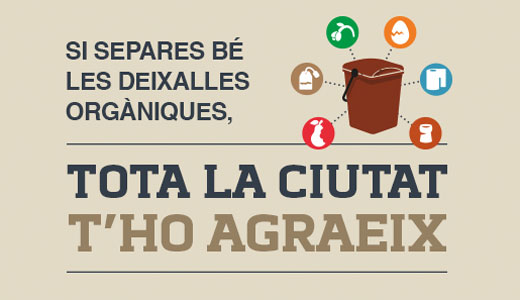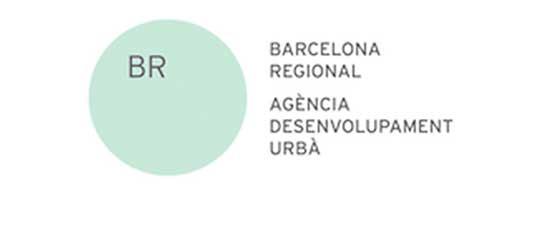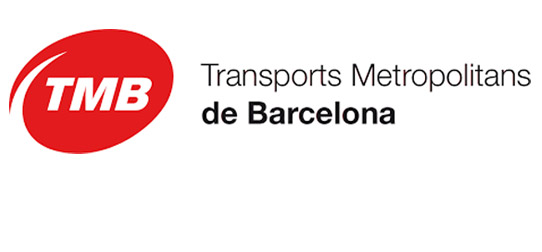
Mobilitat segura
La modificació de l'Ordenança de circulació impulsa una major seguretat viària, i estableix sancions de fins a 500 € per als incompliments.
Busquem idees innovadores per millorar el transbordament de passeig de Gràcia
22/01/2025 - 17:59 h
Mobilitat. Nou repte de BIT Habitat i TMB per millorar, a través de la música, el famós transbordament de metro del passeig de Gràcia.
El Col·legi Oficial de Veterinaris de Barcelona col·labora amb el CAACB per promoure les adopcions d’animals
21/01/2025 - 11:06 h
El Col·legi Oficial de Veterinaris de Barcelona (COVB) fa una crida per fomentar l’adopció dels gats i gossos que esperen una llar al CAACB.
Reconeixement a Ildefons Cerdà a l’edifici on va viure a l’Eixample
20/01/2025 - 13:46 h
L’homenatge ha posat en relleu la vida i la trajectòria professional del destacat enginyer i urbanista, creador del Pla Cerdà.







